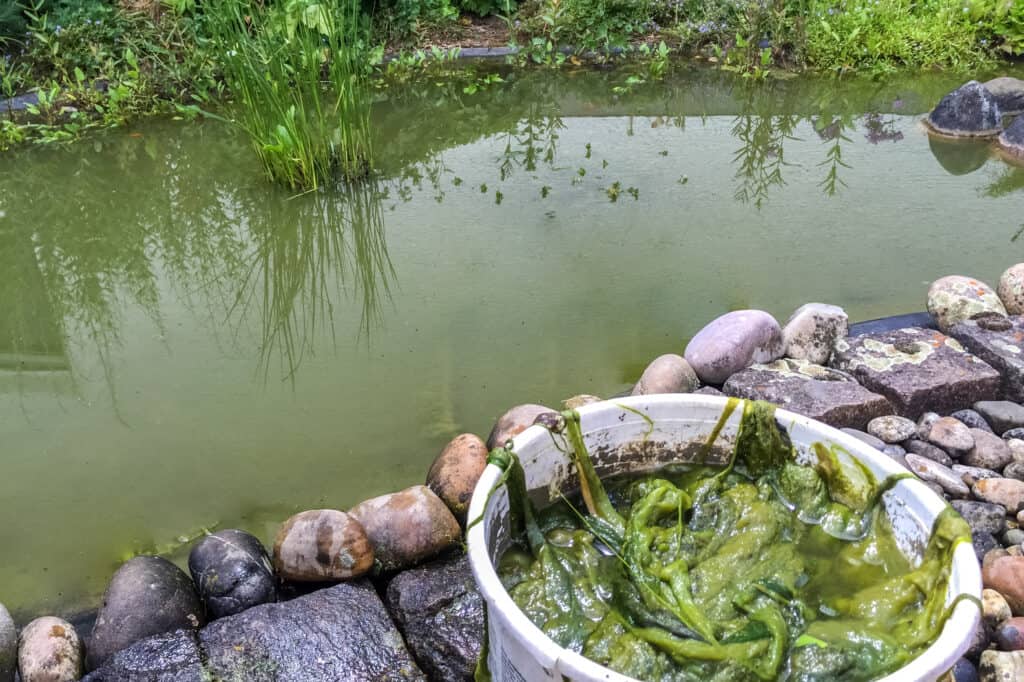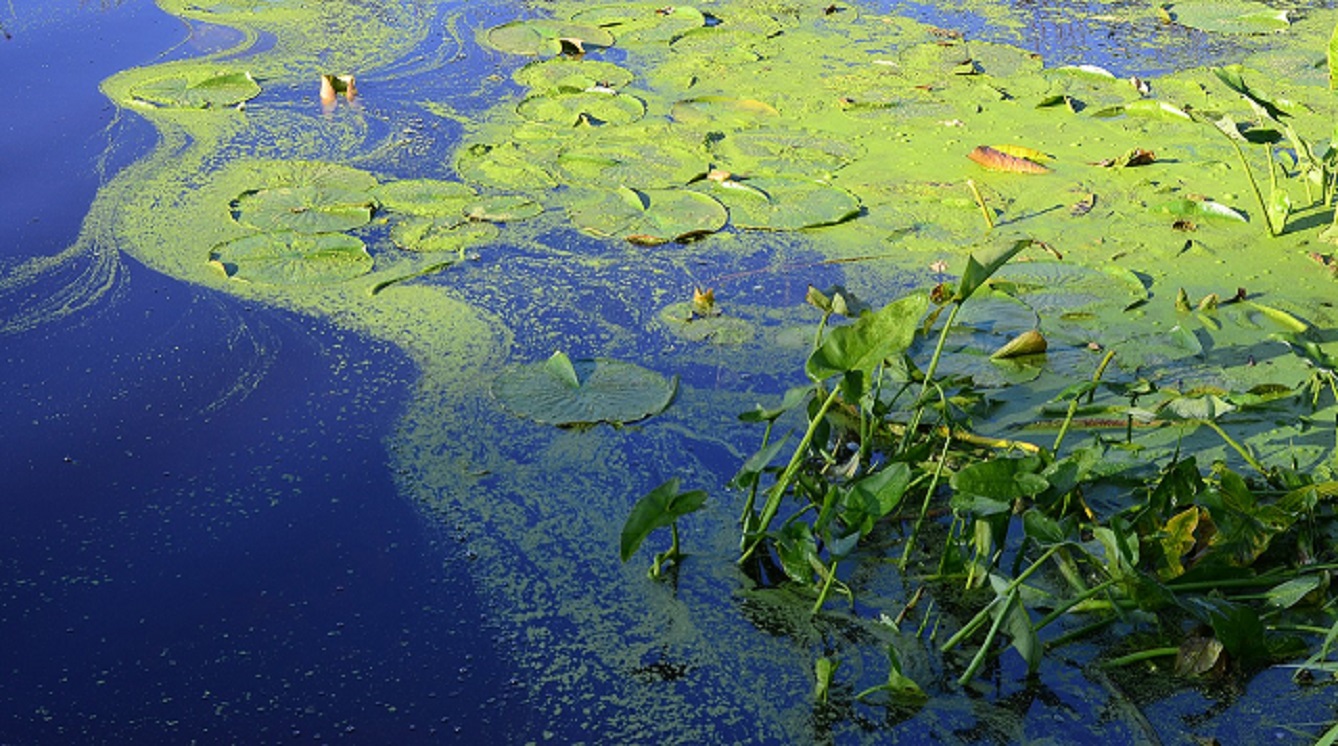This article discusses How To Get Rid Of Blue Green Algae In Ponds, hopefully providing additional knowledge for you.
I remember the first time I saw a blue-green algae bloom in my pond. The water was a sickly green color, and there was a thick scum on the surface. It was an eyesore, and I was worried about the health of my fish and other pond creatures.

How To Get Rid Of Blue Green Algae In Ponds
I did some research and found out that blue-green algae is a type of bacteria that can be harmful to both humans and animals. It can cause skin irritation, respiratory problems, and even liver damage. I knew I had to get rid of it, but I wasn’t sure how.
Understanding Blue-Green Algae
Blue-green algae is a type of bacteria that can be found in both freshwater and saltwater environments. It is most commonly found in slow-moving or stagnant water, such as ponds, lakes, and reservoirs.
Blue-green algae can be harmful to humans and animals if ingested or inhaled. Symptoms of blue-green algae poisoning can include nausea, vomiting, diarrhea, skin irritation, respiratory problems, and liver damage.
Causes of Blue-Green Algae Blooms
Blue-green algae blooms are caused by a combination of factors, including:
- Warm water temperatures
- High levels of nutrients in the water, such as nitrogen and phosphorus
- Low water flow
- Sunlight
How to Get Rid of Blue-Green Algae
There are a number of things you can do to get rid of blue-green algae in your pond, including:
- Reduce the amount of nutrients in the water. This can be done by reducing the amount of fertilizer you use on your lawn and garden, and by keeping leaves and other organic matter out of the pond.
- Increase the water flow in the pond. This can be done by installing a fountain or aerator.
- Add barley straw to the pond. Barley straw contains a natural chemical that can help to inhibit the growth of blue-green algae.
- Use a chemical algaecide. Algaecides are available at most hardware stores and garden centers. Be sure to follow the directions on the product label carefully.
Tips and Expert Advice
Here are some additional tips and expert advice for getting rid of blue-green algae in your pond:
- Be patient. It may take some time to get rid of blue-green algae completely.
- Don’t use too much algaecide. Too much algaecide can be harmful to fish and other pond creatures.
- If you have a large pond, you may need to hire a professional to help you get rid of blue-green algae.
FAQ
Here are some of the most frequently asked questions about blue-green algae in ponds:
- What is blue-green algae?
- Is blue-green algae harmful?
- How can I get rid of blue-green algae in my pond?
Blue-green algae is a type of bacteria that can be found in both freshwater and saltwater environments. It is most commonly found in slow-moving or stagnant water, such as ponds, lakes, and reservoirs.
Blue-green algae can be harmful to humans and animals if ingested or inhaled. Symptoms of blue-green algae poisoning can include nausea, vomiting, diarrhea, skin irritation, respiratory problems, and liver damage.
There are a number of things you can do to get rid of blue-green algae in your pond, including reducing the amount of nutrients in the water, increasing the water flow, adding barley straw to the pond, and using a chemical algaecide.
Conclusion
Blue-green algae can be a nuisance, but it is important to remember that it is also a natural part of the pond ecosystem. By taking steps to reduce the amount of nutrients in the water and increase the water flow, you can help to prevent blue-green algae blooms from occurring.
If you do have a blue-green algae bloom, don’t panic. There are a number of things you can do to get rid of it. Just be sure to be patient and follow the directions on the product label carefully.
Are you interested in learning more about blue-green algae? If so, please leave a comment below and I will be happy to answer your questions.
How To Get Rid Of Blue Green Algae In Ponds

Image: blogs.ifas.ufl.edu
We express our gratitude for your visit to our site and for reading How To Get Rid Of Blue Green Algae In Ponds. We hope this article is beneficial for you.